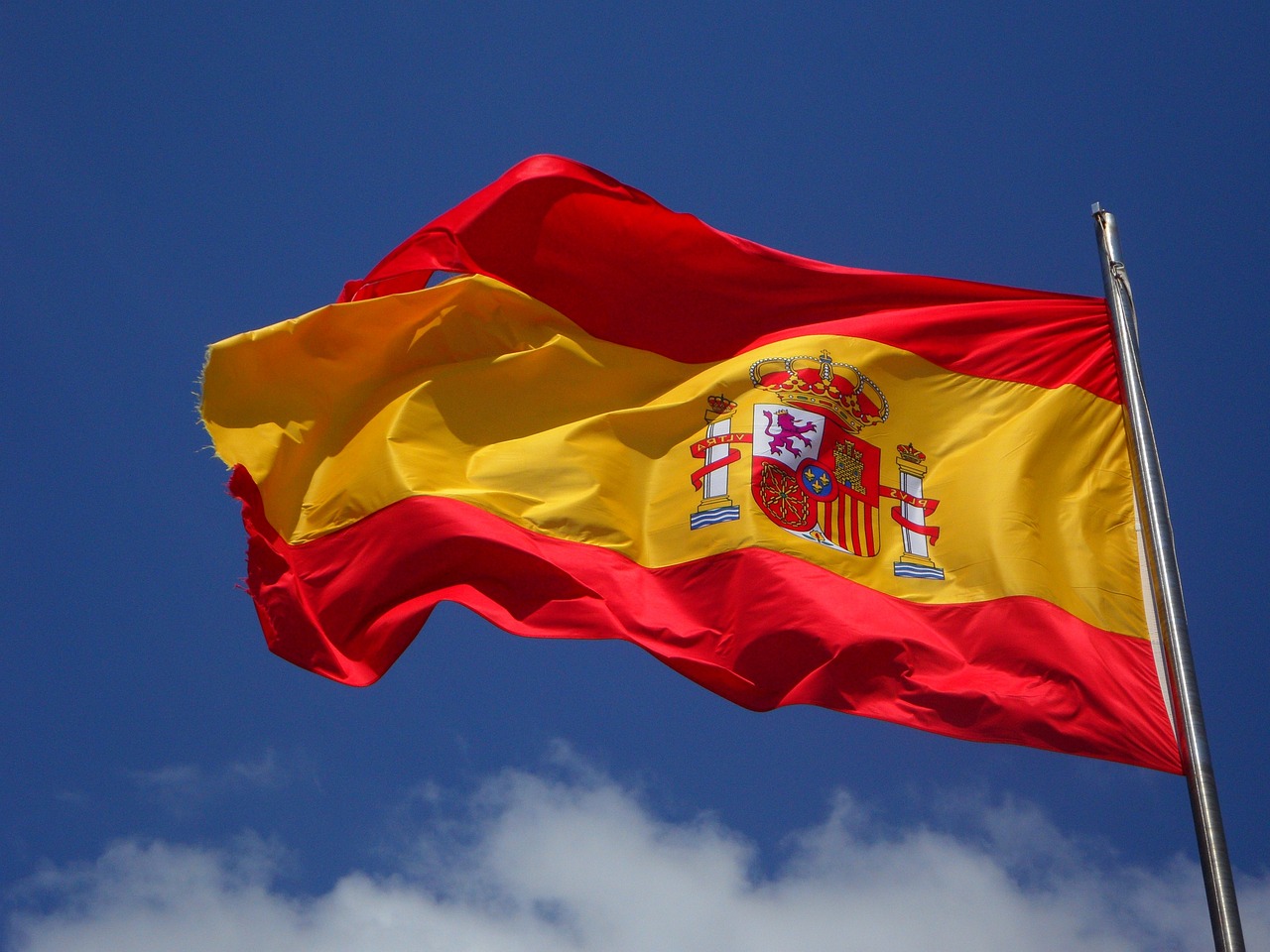Dr. Dominic Porta, German lawyer in Mallorca and expert in real estate law Spain, explains the impact of the zoning plan on the vacation rental Mallorca.
The Mallorca Area Designation Plan is comparable to a German regional plan. In the Area Designation Plan, in addition to the requirements for land use and construction plans, measures for the regulation of tourism in particular are established. In this article, we discuss, in particular, Articles 39 to 41 of Mallorca's Area Designation Plan, as these deal with regulations for vacation rentals.
In order to limit seasonal tourist vacation rentals, Article 39 PIAT establishes a time limit for the marketing of tourist stays in residential units registered after the PIAT comes into force. This limitation applies to the so-called saturated areas. When submitting the DRIAT (Declaración Responsable de Inicio de Actividad Turística), it is now necessary to indicate in which of the two months of the high season (July, August) the accommodation is to be rented. Renting for tourist purposes in both months, i.e. July and August, is therefore ruled out.
Art. 40 PIAT regulates the so-called landscape quality conditions, which are valid from the entry into force of the PIAT. Thus, accommodations registered for the marketing of tourist stays must, on the one hand, ensure the preservation of the traditional landscape and, on the other hand, comply with numerous minimum quality conditions regulated in Art. 40 PIAT.
Thus, first, in landscaped areas, ensure that native plants with low water requirements are used for planting. At the same time, however, the planting undertaken must not conflict with the general design of the surrounding Mediterranean landscape. Rather, it must be in harmony with it.
Furthermore, the said accommodations must have a space for hanging laundry. However, this must not be visible from the public space. However, there is an exception in cases where this is not possible. In these cases, the but, as a substitute for this, a clothes dryer must be provided.
Likewise, not visible from the public space, the shelters must have a waste storage room.
According to Article 40 of the PIAT, elements on the facade of the building that do not harmonize with the rest of the land on which the accommodation is located must be avoided. The law lists, for example, surfaces, carpentry, awnings, canopies and advertising signs, although this exemplary list is not exhaustive.
Lastly, in rural areas, the enclosures of the properties must comply with the conditions of landscape integration established in the instruments of spatial planning and urban planning.
n contrast to Article 40 PIAT, Article 41 PIAT regulates so-called environmental quality measures, which also apply from the entry into force of the PIAT. These also apply to accommodation registered for the marketing of tourist stays.
Roughly, the prescribed measures are divided into measures for the consumption and management of the water cycle (lit. a)), measures to increase the
Energy efficiency (lit. b)) and other measures (lit. c)).
Measures related to consumption and management of the water cycle include a total of four measures.
For example, accommodations must first be connected to the wastewater system of their core area or territory. If this is not the case, then they must alternatively have watertight septic tanks approved according to the regulations in force for this purpose. In addition, there is an obligation to install flow reduction systems for showers and faucets, as well as to equip toilets with a dual flush. If the accommodation has an irrigation system for garden areas, these must now be low-consumption.
The upper group of measures to increase energy efficiency also consists of four measures. According to this, it is particularly necessary that the accommodations or buildings now have a certain energy class. However, the energy class to be presented depends on the year of construction. For example, buildings constructed after 2006 must have an energy class of at least B.
Single-family houses built previously (i.e. before the year 2007), at least class C.
In addition, the accommodation registered for marketing tourist stays must have a heating and/or cooling system with a minimum energy efficiency of A++.
Another measure relates to water heating. Here again, the requirements must be differentiated according to the type of building and when the building was built. For example, in the case of detached single-family houses, at least 70% of the water must be heated by solar collectors or other renewable energy systems wherever possible. The same is to apply to buildings built after 2006. In the case of buildings built before 2007, the percentage of water heating by means of the above-mentioned renewable energies must be only 50%.
Furthermore, there is now an obligation for single-family homes to have a charging station for electric cars. Alternatively, however, the existence of a charging station within a radius of 500m can be proven in order to fulfill this measure. However, the only requirement for this charging station is that it is publicly accessible.
Last but not least, in the case of residential buildings in rural areas, the portion of the land not occupied by the building or other structures must be maintained in a natural state or in agricultural, livestock or forestry use.
Porta & Associates is a team of German lawyers in Mallorca who can advise you on Spanish real estate law, inheritance law, shareholder law as well as tax law. If you have questions about applying for vacation licenses in Mallorca or are considering legal assistance for buying a house in Mallorca, contact Porta & Associates in Palma directly.
www.anwaltmallorca.eu





